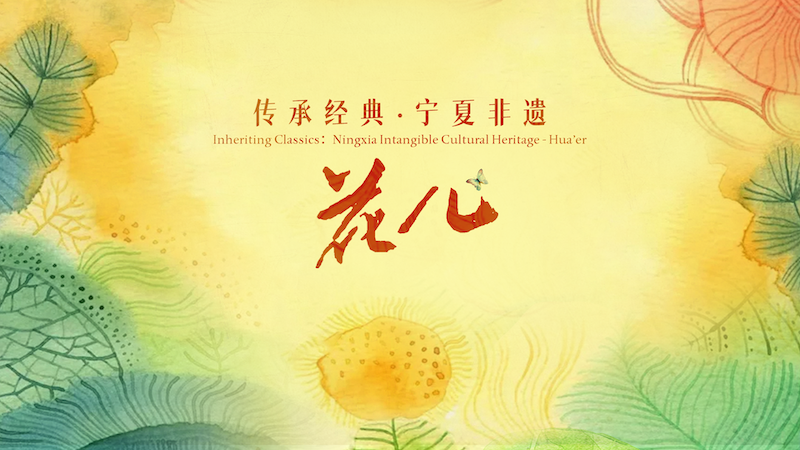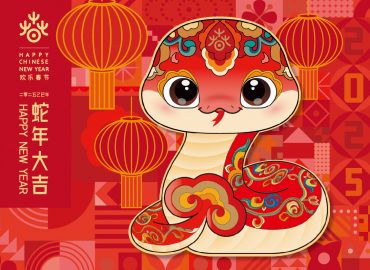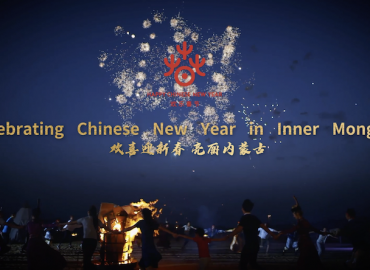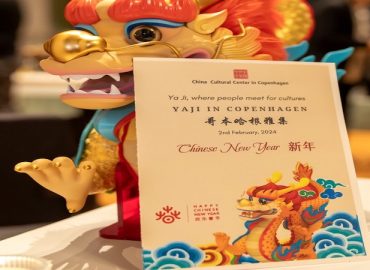The folk song of Ningxia Shan Hua’er has been included in the UNESCO Representative List of the Intangible Cultural Heritage of Humanity. It originates from the Liupan Mountains region and is characterized by its rural style, accurately embodying the sentiments of the common people. Its unique features, including a repeating pattern in every three lines and collective singing by those present, imbue the song with both a bold and high-pitched melody as well as a smooth and elegant lyrical quality. When performed in a natural setting, the song evokes feelings of longing and love that pervade the surrounding landscapes of sky, clouds, mountains, and rivers.
The video showcases the journey of the host, Uncle Hanzi, to Ningxia where he traversed along the Yellow River, ascended the rugged mountains, and explored the fields of the Loess Plateau. Through engaging with local singers, Uncle Hanzi gained insight into their lifestyles and recorded their sincere singing. The expedition aimed to examine the impact of Yellow River folk culture on contemporary expression.
Hua’er: A Roaming Song Blooming on a Barren Land
Hua’er is a unique type of folk music. It’s known as the “soul of the northwest” and evokes a sense of romance that’s lost in bitterness. Ma Fengshan belongs to the post-70s generation. He has had a career in sales, served as a village head, and worked on construction sites, as a driver, and planting trees. For him, Hua’er is “Manhua’er”. Singers roam the mountains seeking inspiration. On this dry and cracked yellow land a green hill can become the subject of a Manhua’er song. It’s something that blooms in a barren existence.
Singing Hua’er as a Return to Hills and Clouds
Ma Yan, just turning 20, prefers to sing in the natural environment. He has unique feelings singing Hua’er at the foot of Helan Mountain. His songs come out of the universe and resemble poetry. So he sings as a return to the green hills and white clouds.
The Voice of the Yellow River Basin
Su Yang, from Yinchuan in western China, is a leading contemporary Chinese musician and artist. His music is the voice of the Yellow River Basin. In describing the harshness and inhospitality of the yellow earth, it exudes a rough type of poetry. Over the past two decades he has developed a unique musical language for communicating with the world that combines traditional Chinese music, such as Hua’er and Qin Opera, with modern Western music. This new musical language spans not only time and space, but also language and race.
//DANISH
Ningxia Shan Hua’ers folkesang er blevet inkluderet i UNESCO’s repræsentantliste over menneskehedens immaterielle kulturarv. Den stammer fra Liupan-bjerge regionen og er karakteriseret ved sin landlige stil og inkarnerer de almindelige menneskers følelser. Dens unikke træk, herunder et gentaget mønster i hver tredje linje og fællessang af de tilstedeværende, præger sangen med både en stor og højstemt melodi samt en jævn og elegant lyrisk kvalitet. Når sangen fremføres i naturlige omgivelser, vækker sangen følelser af længsel og kærlighed, der gennemsyrer de omgivende landskaber med himmel, skyer, bjerge og floder.
Videoen viser værtens, onkel Hanzis, rejse til Ningxia, hvor han krydsede den gule flod, besteg de barske bjerge og udforskede markerne på Løssplateauet. Ved at engagere sig med lokale sangere fik onkel Hanzi indsigt i deres livsstil og optog deres oprigtige sange, og havde til formål at undersøge effekten af folkekulturen omkring den gule flod på det nutidige udtryk.





